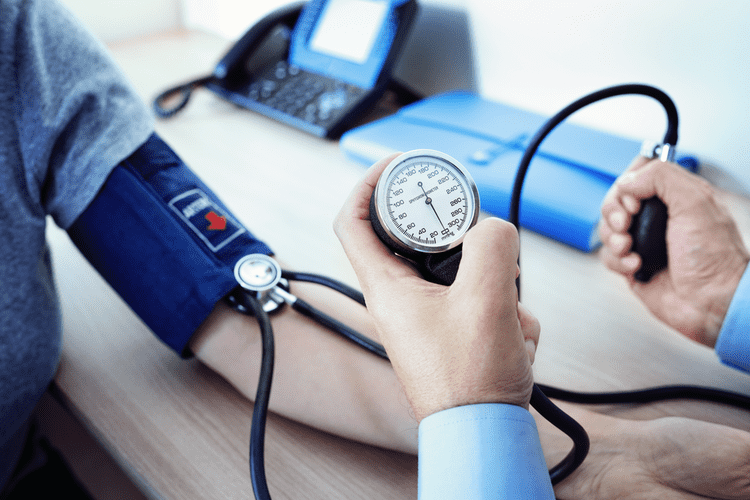Most people with alcohol and drug addiction survive : NPR
Cravings vary in duration and intensity, and they are typically triggered by people, places, paraphernalia, and passing thoughts in some way related to previous drug use. But cravings don’t last forever, and they tend to lessen in intensity over time. Researchers Sober House have studied the experiences of many people who have recovered from substance use and identified key features of the recovery process. One widely used model can be summed up in the acronym CHIME, identifying the key ingredients of recovery.
Office of Behavioral Health Equity (OBHE)
There are stark differences in how the body and brain respond to alcohol and different drugs. It typically takes eight years or longer to achieve long-term remission even with high quality treatment and medical care. Studies show people usually recover, but as with Rasco and Mable-Jones, the process happens slowly after multiple relapses. Kelly co-authored a peer-reviewed study published last year that found roughly 22.3 million Americans — more than 9% of adults — live in recovery after some form of substance-use disorder.
Addiction Recovery: Overcoming Your Alcohol or Drug Problem

The recovery process from drug or alcohol addiction often involves a person making a significant change(s) to improve their quality of life, including overall health and wellness. It can also help teach people to feel empowered in their lives and reach their full potential. Research and https://theohiodigest.com/top-5-advantages-of-staying-in-a-sober-living-house/ clinical experience have identified a number of factors that promote recovery. Another is reorienting the brain circuitry of desire—finding or rediscovering a passion or pursuit that gives meaning to life and furnishes personal goals that are capable of supplanting the desire for drugs.
Meeting People Where They Are
• Developing a detailed relapse prevention plan and keeping it in a convenient place for quick access when cravings hit, which helps guard against relapse in the future. A good relapse prevention plan specifies a person’s triggers for drug use, lists several coping skills to deploy, and lists people to call on for immediate support, along with their contact information. Recovery involves rebuilding a life— returning to wellness and becoming a functioning member of society. Every person needs a comprehensive recovery plan that addresses educational needs, job skills, social relationships, and mental and physical health. Therapy may be critical to resolving underlying problems that made escape into substance use so appealing in the first place.

- It is estimated that up to 80% of those who find long-term sobriety had at least one relapse along the way.
- Different types of medications may be useful at different stages of treatment to help a patient stop abusing drugs, stay in treatment, and avoid relapse.
- In addition, immediately attending or resuming group meetings and discussing the relapse can yield much advice on how to continue recovery without succumbing to the counterproductive feeling of shame or self-pity.
Naltrexone can be taken daily by mouth or injected once per month, making it a better option for patients who might struggle to take a daily oral medication. Interestingly, it also reduces heavy drinking when taken sporadically prior to anticipated drinking occasions. A similar opioid antagonist, nalmefene, is approved in the European Union for alcohol use disorder.
Addiction Treatment Options for Drugs and Alcohol
- Many people who misuse alcohol or drugs have trouble dealing with anger.
- Many people believe that they are powerless to change their own addictive behavior, and often it is a belief that keeps people addicted.
- The challenge of this stage is to essentially develop and maintain healthy life skills that will serve you for a lifetime.
- A shift toward a new positive identity occurs as they encounter themselves in a new light.